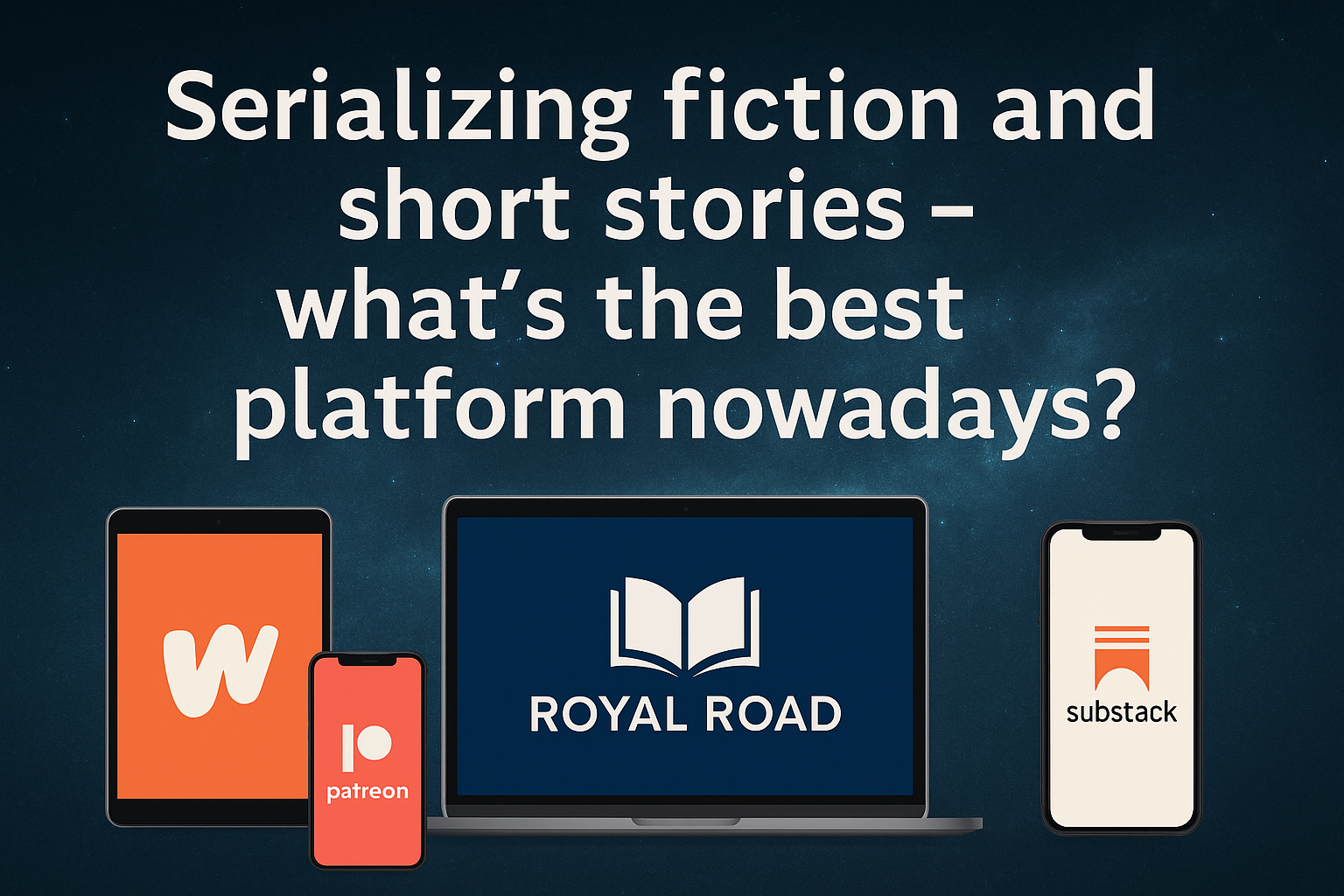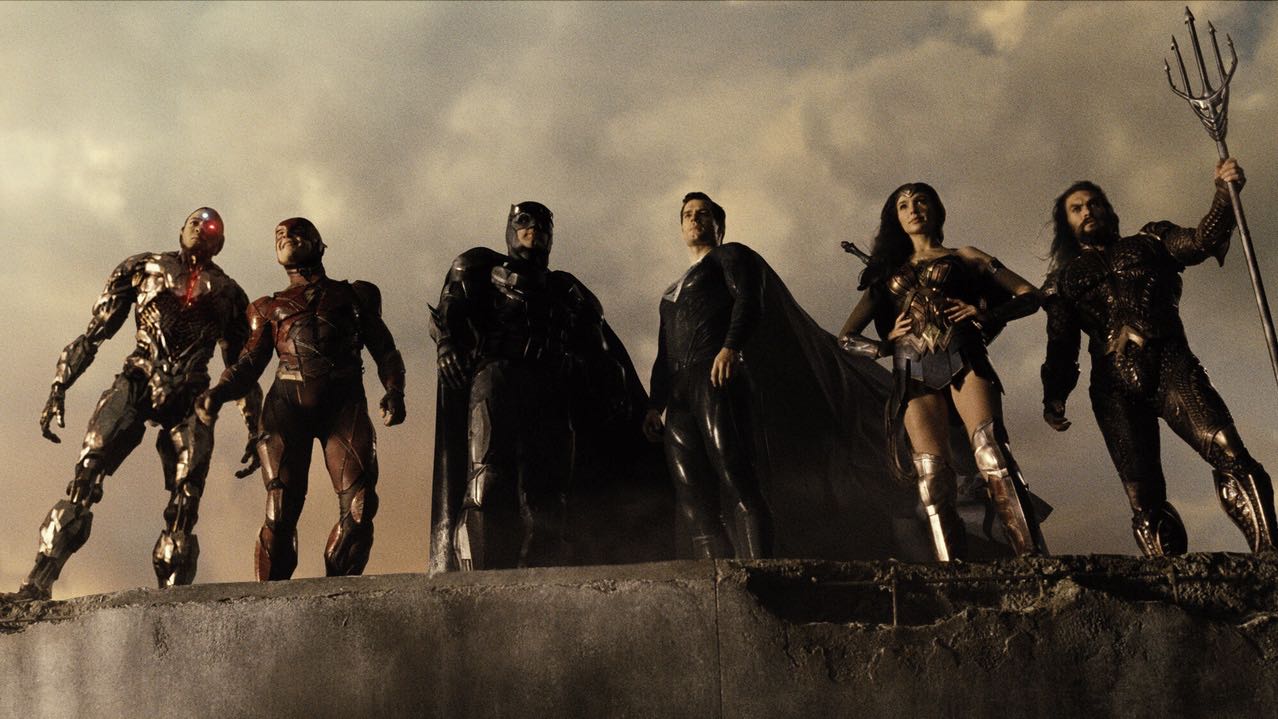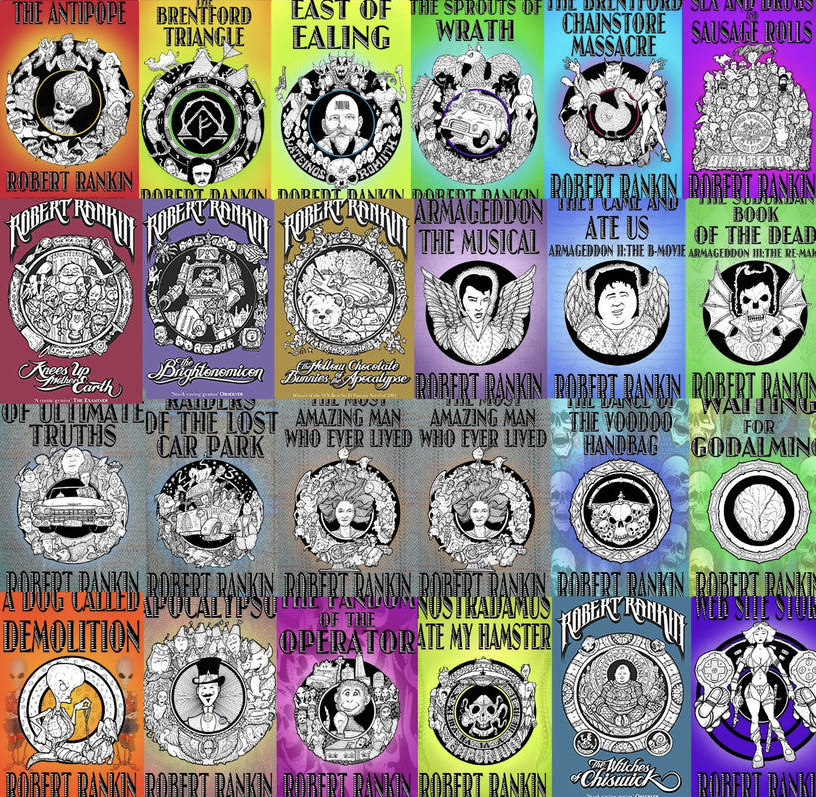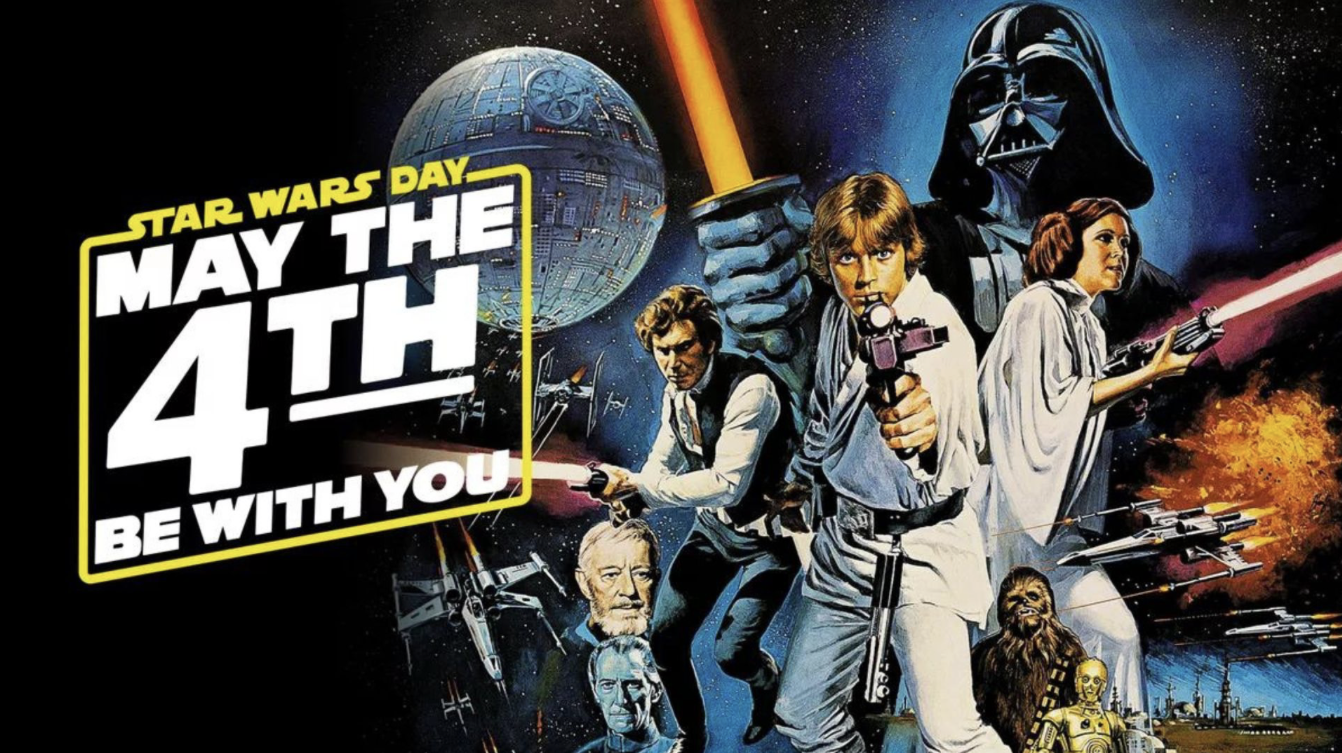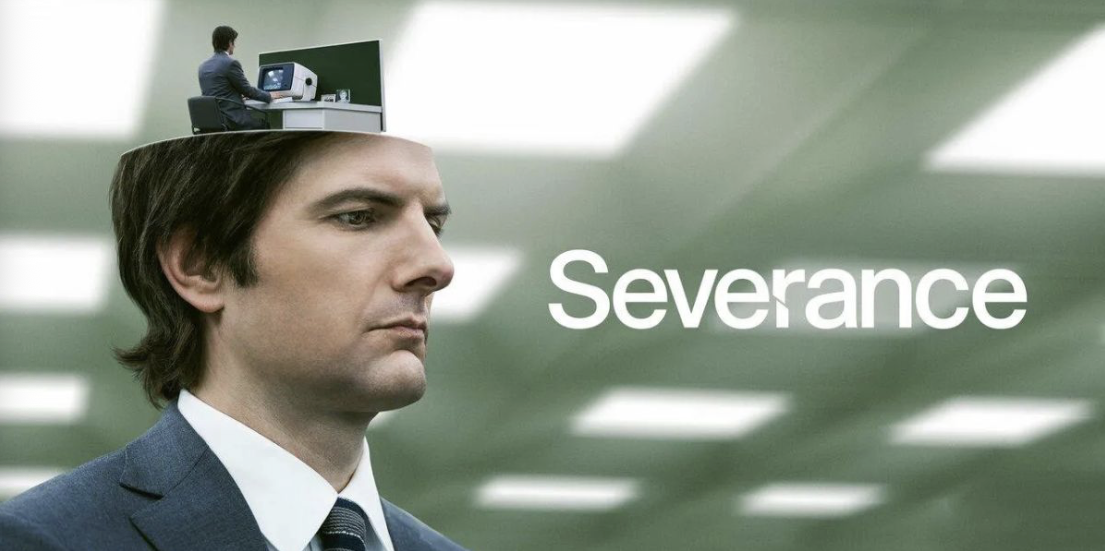A New Age of Science Fiction
The Ages of Science Fiction
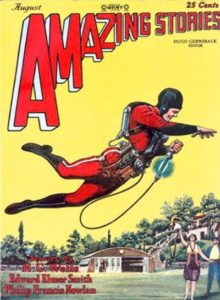
Science Fiction has been around since Lucien’s True History in the 2nd century AD. That’s almost two millenia of Scifi which is pretty damned cool. But I’m not going to write a history, that’s been done by people a lot more informed than myself. I’m going to skip ahead.
In the last century there have been various ‘ages’ of Science Fiction. It was these ‘ages’ – specifically from about 1928 to 1965 – that have always made me a bit envious of the Scifi writers that existed then purely because of the markets available to them. From the mid 20s to the end of the 30s there was ‘Pulp’ Scifi. These were usually serialised stories in magazines such as Amazing Stories. There were lots of these Pulp magazines around and a lot of new Scifi writers emerged. The 1928 Amazing Stories cover on the right for example, shows a scene from the superb Skylark of Space by E. E. ‘Doc’. Smith. But it is also in this same issue that Buck Rogers first appeared in the awesomely titled story Armageddon 2419 A.D.
The ‘Golden’ age ran from the late 30s to the mid/late 50s with lots of new and existing magazines ushering a new wave of writers who preferred the ‘hard’ Scifi approach. Magazines like Astounding Science-Fiction (previously a pulp called Astounding Tales) published new short stories by new writers such Asimov, Heinlein, A.E. van Vogt and Theodore Sturgeon. Arthur C. Clarke, Ray Bradbury, John Wyndham, Philip K. Dick and loads more emerged in this era. I tingle just thinking about it.
From the mid-60s to early 70s writers such as J.G. Ballard emerged with the ‘New Wave’ of Science Fiction. A shift from the ‘hard’ stuff to the ‘soft’ stuff with a heavier reliance on feelings, thoughts, moods and speculation.
By this point most of Science Fiction was in book form. From the 70s onward writers diversified – back to ‘hard’ scifi, more ‘New Wave’, and the emergence of new genres such as ‘Cyperpunk’.
The shift from magazines to novels
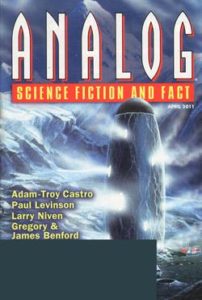
The vast majority of Scifi consumed by readers in the pulp and golden ages where in the form of magazines. There were lots of them. Some of them only lasted a few issues, while some are still with us (Astounding Stories is now Analog Science Fiction and Fact for example). From the late 1950s on however, there was a shift to novels. Even though there were still a lot of Scifi magazines even more had closed down. Increasingly, these magazines published established authors or used stories from anthologies. While there were a few new writers breaking into the scene through magazines, the book was now the preferred format.
Speaking as someone who has written a Scifi short story or two, the last few decades have sucked. It is incredibly difficult to get a scifi tale published in most of the big magazines. Interzone, Analog, and Asimov’s Science fiction have a rejection rate of over 99% for new writers. Even if you get in, there is a long wait for a small payment. There is the added fact that even these relatively major magazines are hard to find in shops, and I live in London. Gone are the days when people made a living from writing scifi stories.
Except that may be changing.
A Digital Age of Science Fiction
So now we finally get to where I am going with this. At first I thought the internet might bring back the possibility of writing short Science Fiction for a living. A host of new sites have sprung up in the last decade or so that have started publishing stories. Unfortunately, the pay for these sites are abysmal or non-existent. Still, you are likely to get a story out there and who knows who may be reading? The world can now read your gripping tale – if they can find it.
Now though, there seems to be a new way. A way that reminds me of the pulp and golden ages. Given that you are currently reading a Scifi site on the internet, you have probably guessed where I am going with this. Yup, I’m talking about ebooks.
Apparently reading is on the up thanks largely to the popularity of tablets like the iPad and ebook readers like Kindle. A surprising offshoot of these new gadgets is the surge of interest in short stories and novellas. They are ideal for commuters and people who read on the toilet for example. Now, anyone can write a story and put it out there where people can read it. You could offer it for free or for a pittance. Even a pittance is making some new writers a fortune as they gain a readership based on readers and word of mouth.

In the previous Scifi ages there was a lot of crap published along with the good. There’s a pile of Astounding Tales at my parents’ house that my grandmum bought in the 50s that can attest to that. The popular writers eventually did well and were eagerly read. They got paid more and eventually got book deals. The dross slowly slipped from memory. Now there isn’t a need for the book deal as you can make a living purely through short story ebook sales. Although some writers probably wouldn’t complain.
It seems to be the start of a new age for Scifi stories and novellas. They are shooting up the ranks on Amazon and new authors are nestled amongst the famous. In addition to self publishing, you can also subscribe to Scifi magazines and blogs on these nifty new gadgets which can only help them to expand – in size and readership. Judging by the length of this entry, I’m obviously quite excited. Get prepared for some blatant self promotion of my stories – soon to be available in digital form! The Digital Age is upon us and it seems an incredibly aptly named age for the genre.

